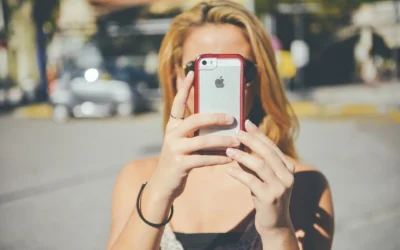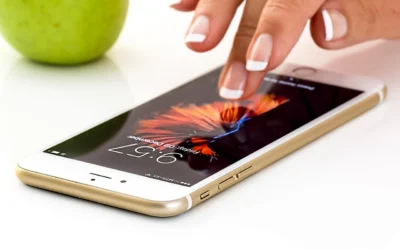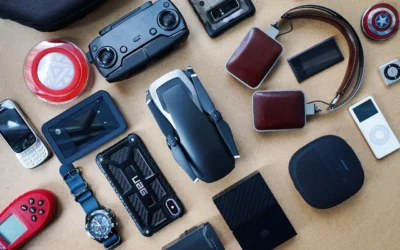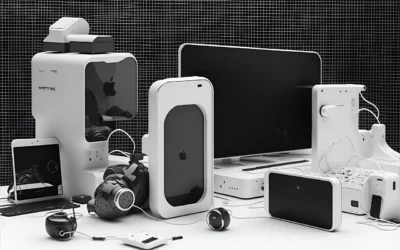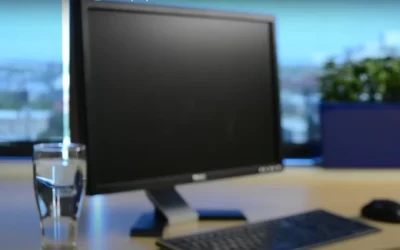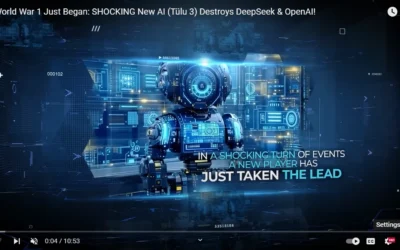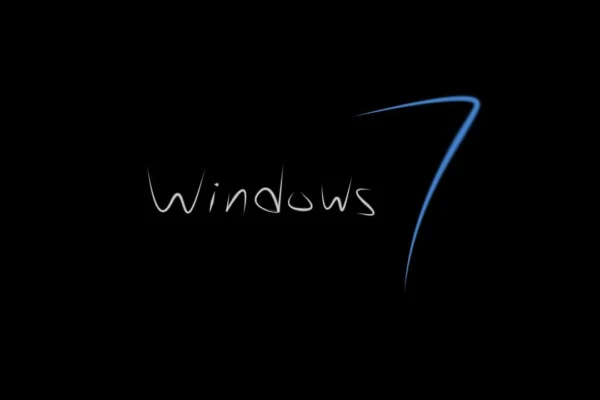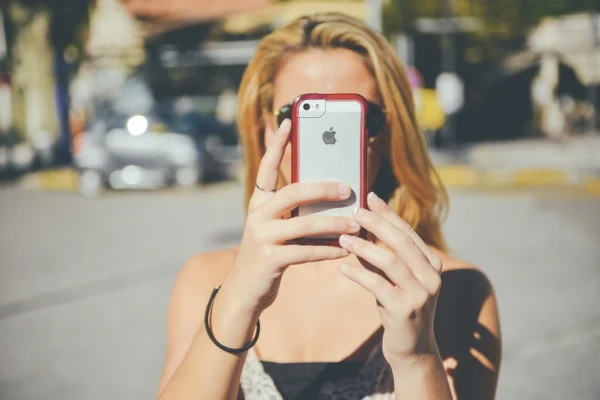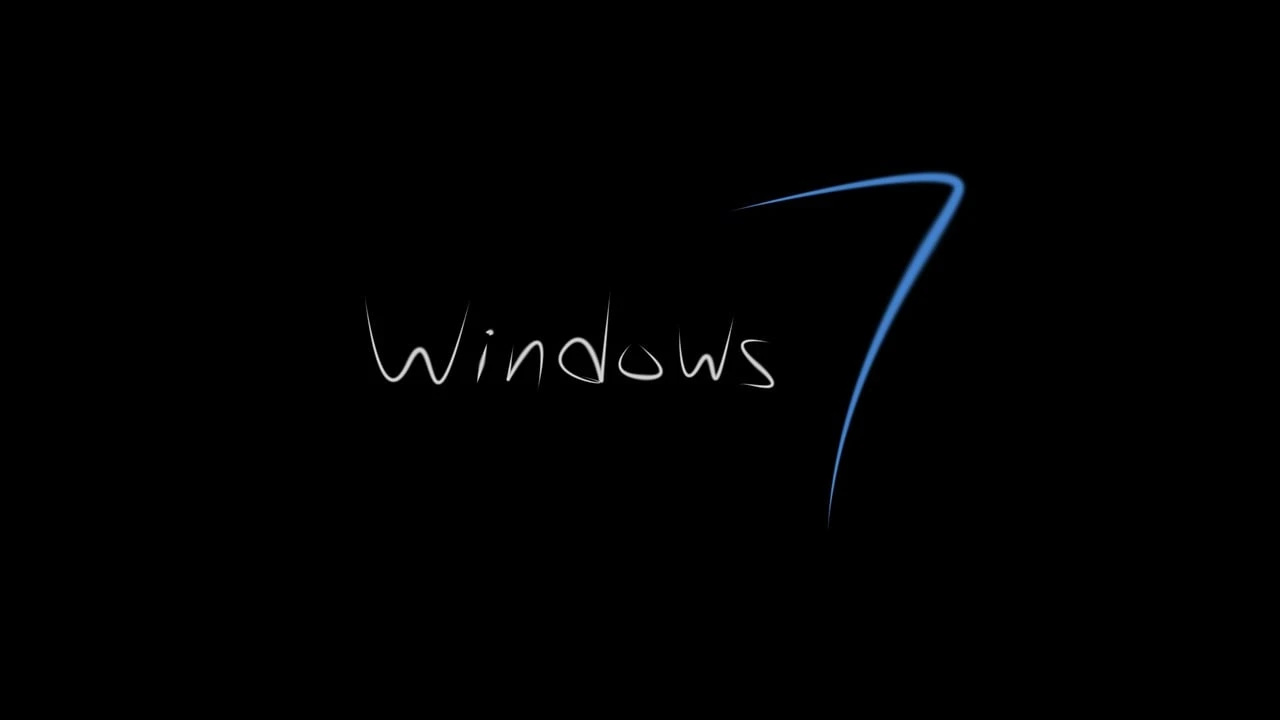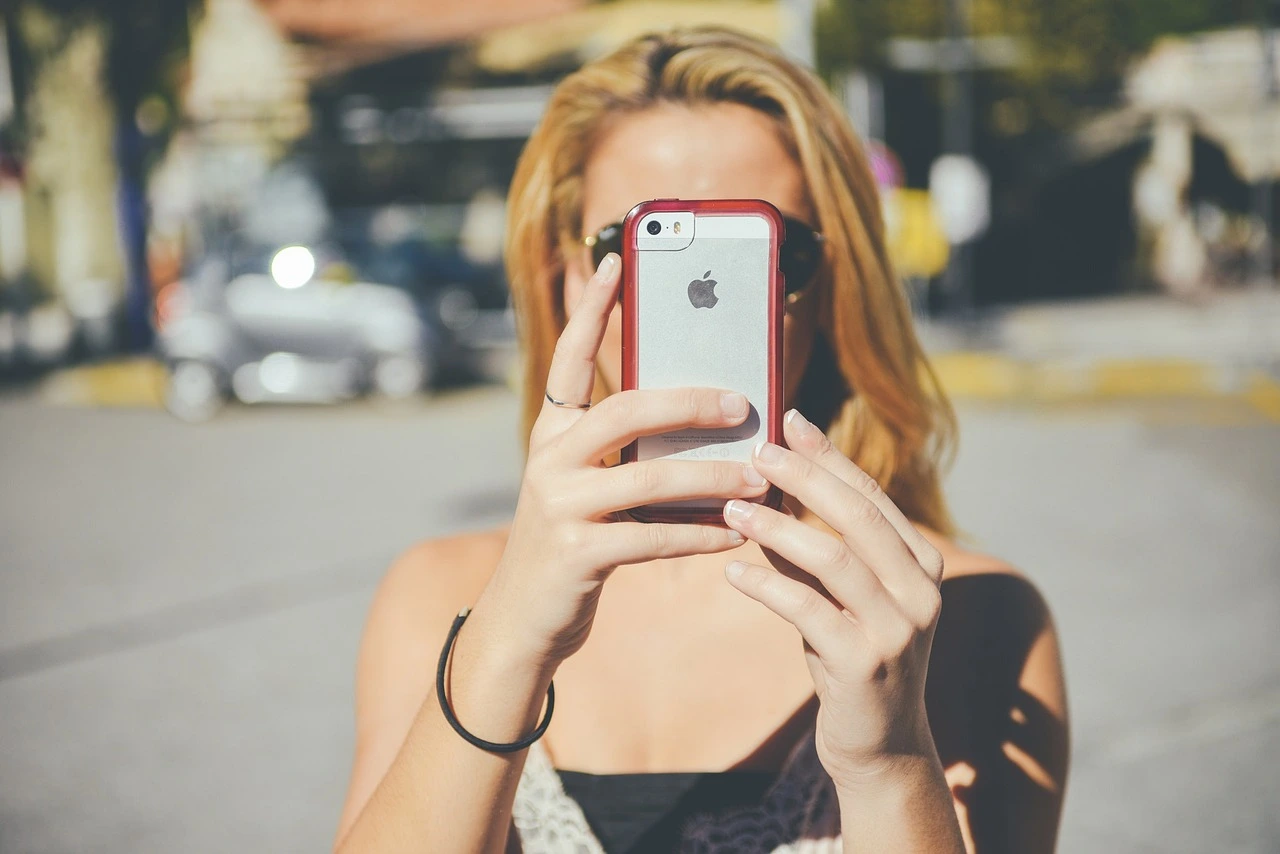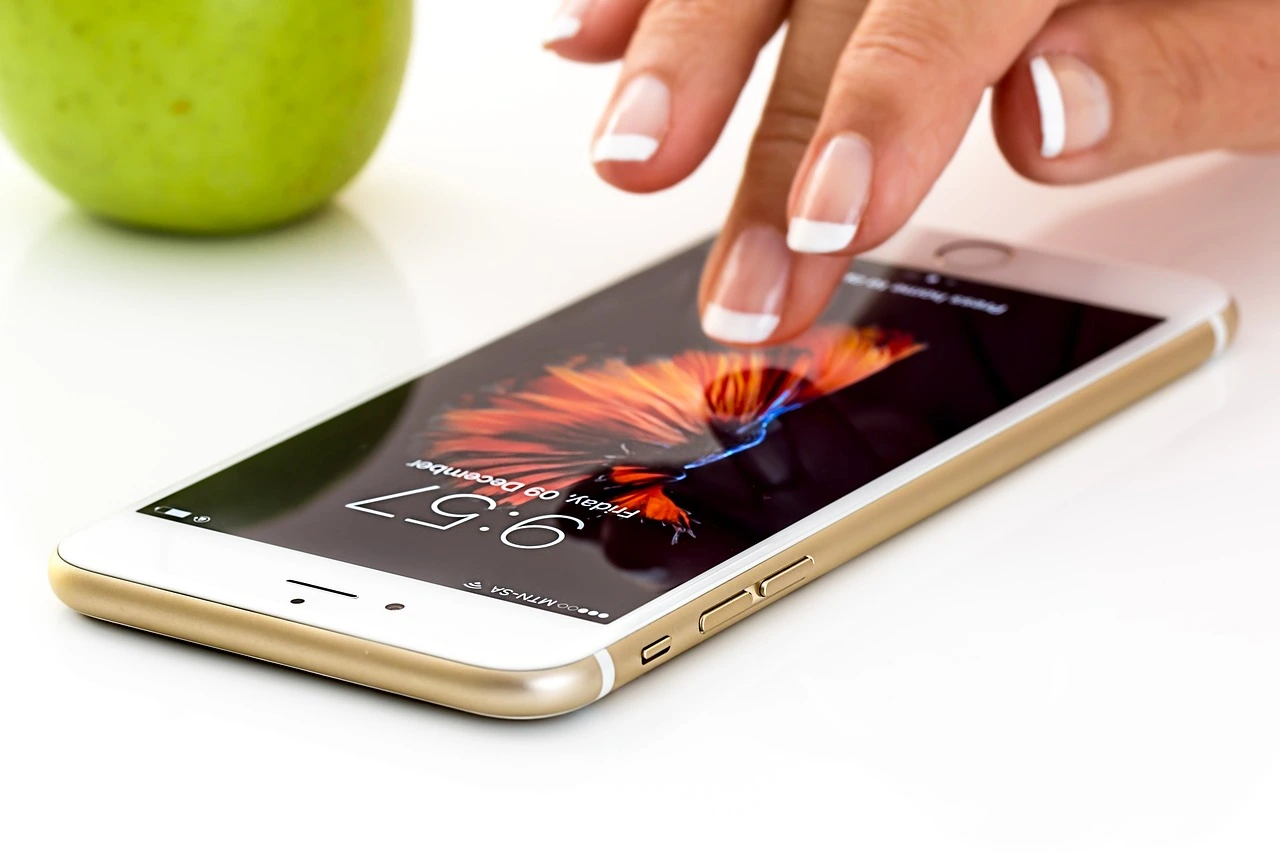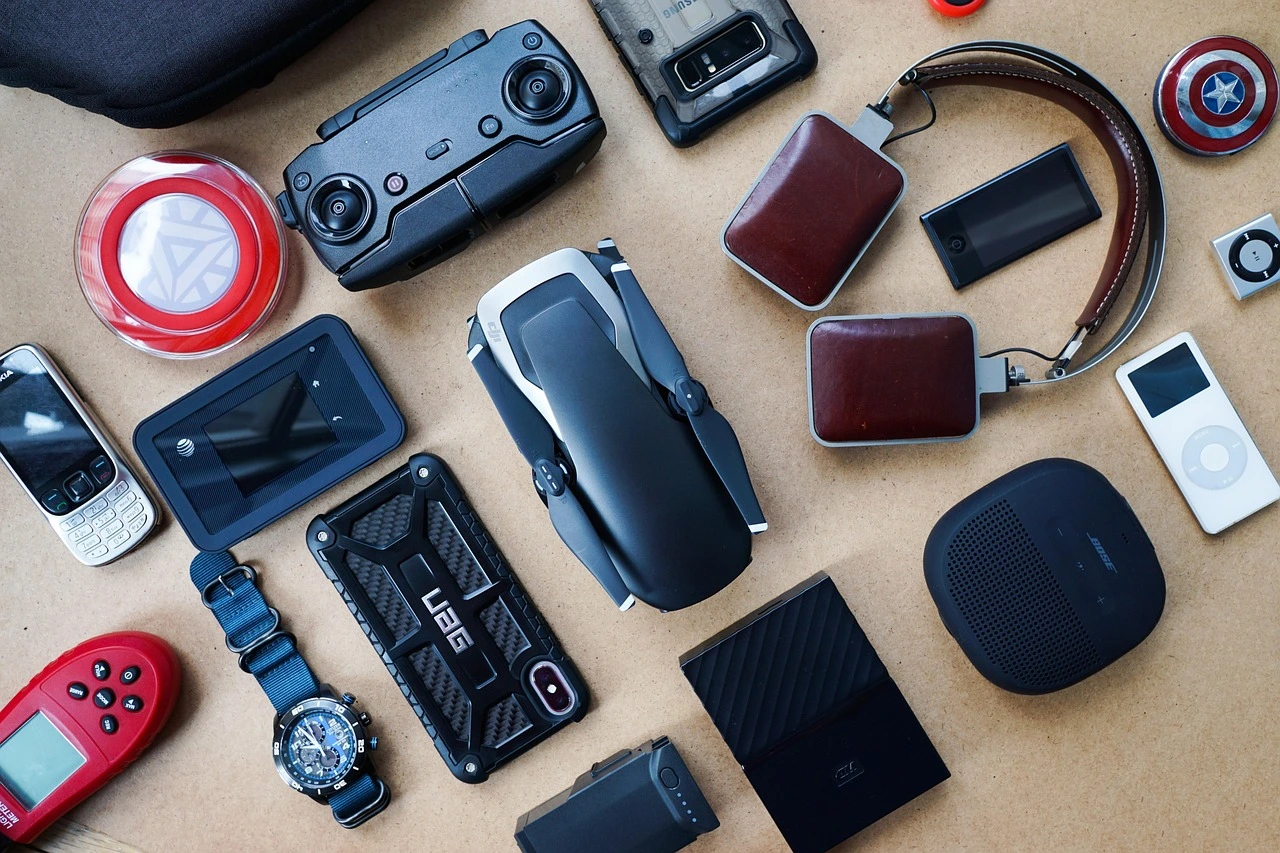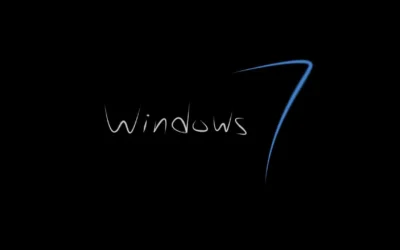
AI vs. Human Creativity: Can Machines Truly Innovate?
Introduction
The advancement of Artificial Intelligence during recent years started an extensive discussion on its creativity and innovation abilities. AI systems are increasingly entering territories that used to be held exclusively by human beings as they create art alongside making music and poems. Scientific experts remain uncertain if artificial intelligence has authentic innovation capabilities or it functions as a copy of human intelligent thinking. The author investigates how creativity functions alongside artificial intelligence capacity and the heated controversy regarding machine creative capabilities.
Understanding Creativity
Creativity expresses itself as a person’s skill to develop fresh useful concepts. The practice requires mental ingenuity as well as innovative problem resolution and unique thinking ability. People’s creative drive stems from their emotional state together with the collection of personal life events and cultural factors that steer their thinking patterns and creative expressions.
- The main components of human creativity consist of:
- Human imagination consists of the talent to visualize concepts that exceed already known information.
- Through experience humans develop deep subconscious understanding which we call intuition.
- Artistic products and musical compositions and literary works frequently merge human emotions into their creations.
- The social environment together with personal life events and historical background forms the foundation for creative expression in people.
- Numerous innovations appear when people find fortuitous discoveries between accidental mistakes.
How AI Mimics Creativity
AI systems which use both machine learning and deep learning possess capabilities to create new content across multiple fields. Below are main mechanisms through which AI systems demonstrate creative abilities.
- AI technologies evaluate extensive data to establish patterns which enable development of new content.
- Generative Adversarial Networks (GANs) function as AI models which create realistic images together with music and text through data training.
- GPT-4 and other similar AI-driven NLP systems have the ability to write various content including stories and poems and cinematic scripts by using established linguistic patterns.
- AI assists architects and design professionals and fashion designers by using AI to generate innovative designs that reflect learned aesthetic principles.
- The algorithms of DeepDream and OpenAI’s Jukebox produce artistic music and visual creations from learned artistic styles.
Limitations of AI in Creativity
The substantial abilities of AI remain limited because it lacks capacities to achieve authentic creativity.
- AI systems fail to achieve creativity because they lack the ability to experience life events along with emotions and self-consciousness.
- AI systems require trained data as their basis for idea generation since they cannot transcend the information they have been programmed with.
- Youths use creativity to express themselves through motivational communication and norm-breaking but AI lacks natural drives.
- Multiple AI-produced creations display comparable motifs to human work instead of showing authentic novel content.
- Creativity within humans relies on their first-person experiences as well as cultural frameworks and social environments while AI systems lack this capability.
AI and Human Collaboration
AI functions as an innovation enhancement tool which works alongside human professionals instead of competing with human creativity. These primary fields represent how AI and humans integrate their efforts:
- Writers and musicians alongside artists utilize AI tools which create ideas and break through creative barriers before assisting with their artistic work.
- AI tools assist creative artists to explore artistic domains through the discovery of new methods and creative approaches.
- The analysis speed of AI systems makes it valuable for research organizations that need to evaluate extensive data sets including the drug discovery field and material science.
The Future of AI and Creativity
The future relationship between human creativity and artificial intelligence systems will entail advanced teamwork between artificial intelligence systems and human creators. Key trends to watch include:
- AI systems will evolve into creating genuine novel concepts simultaneously developing capacity to absorb user guidance.
- Questions about human artist response to AI-generated material together with ownership issues will strengthen as AI components persist.
- New artistic creativity will evolve because of AI assistance in human-machine collaborations.
- Students will use AI tools for educational purposes to learn creative abilities throughout their educational journey.
Conclusion
The creative outputs from AI systems derive from studying human creativity to create facsimiles instead of actual creative experiences. Innovation requires all three elements of consciousness emotion and cultural understanding but current AI systems do not possess these traits. The role of AI should be considered as a capability enhancer which makes human creativity more powerful while working alongside human innovation. Future creative development happens through human-AI teamwork which gives technology to artists scientists and creators so they can reach new innovative heights.
